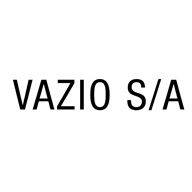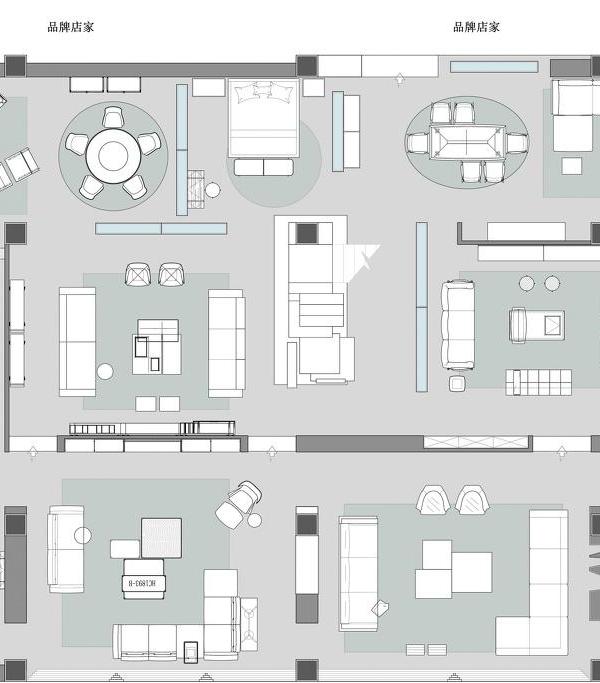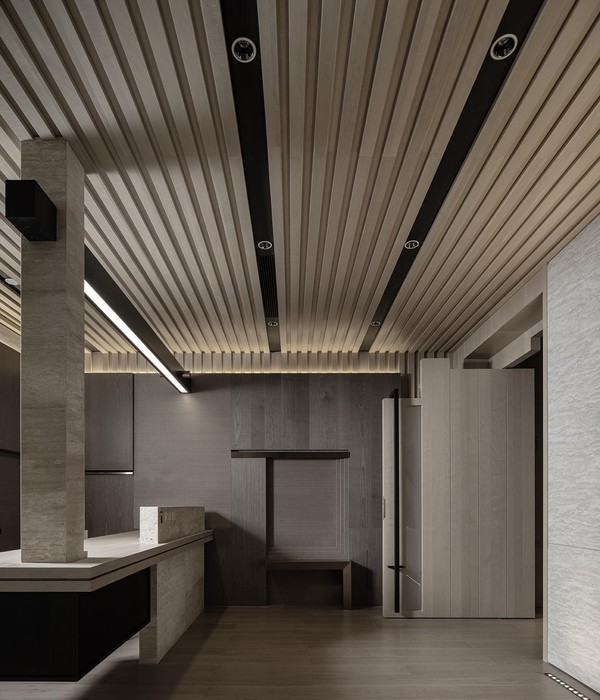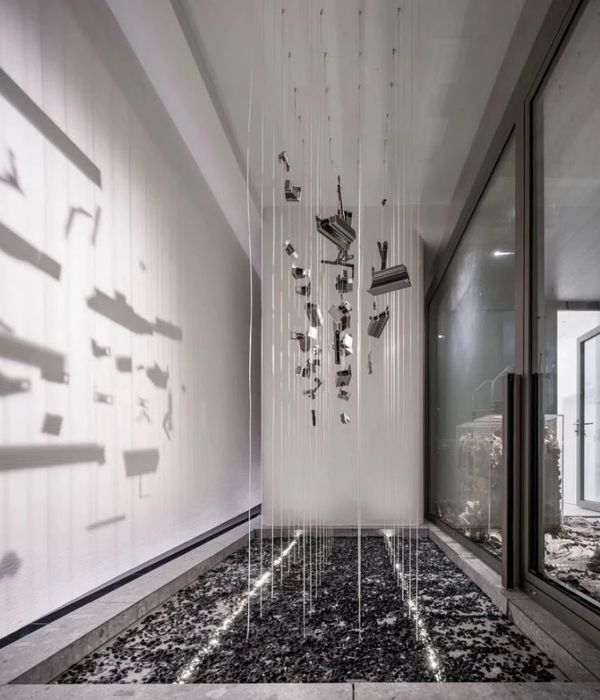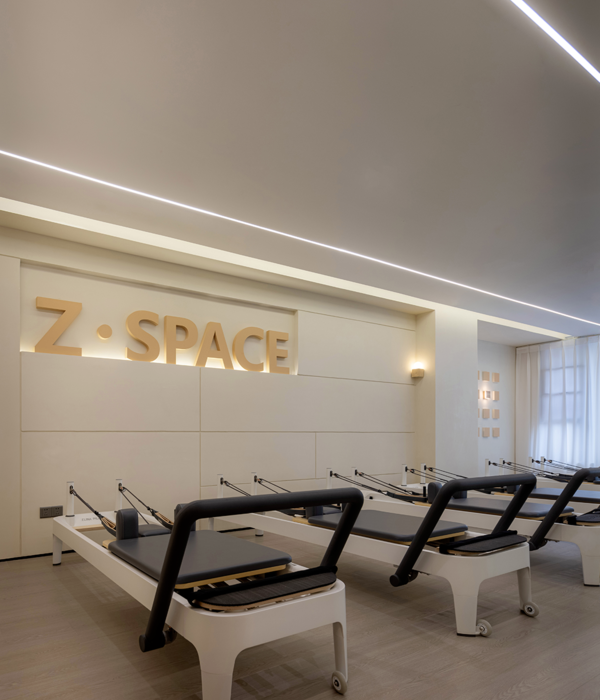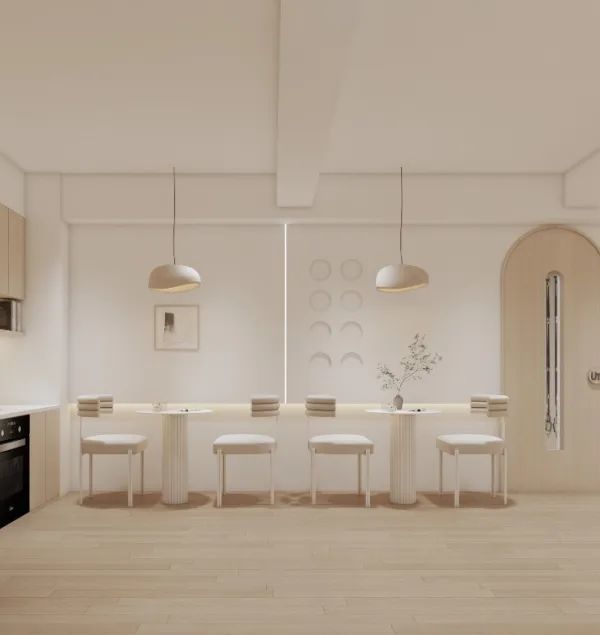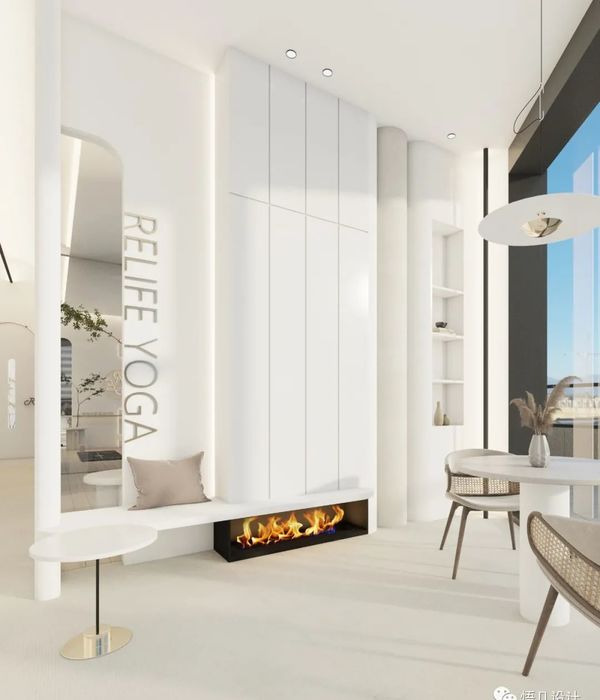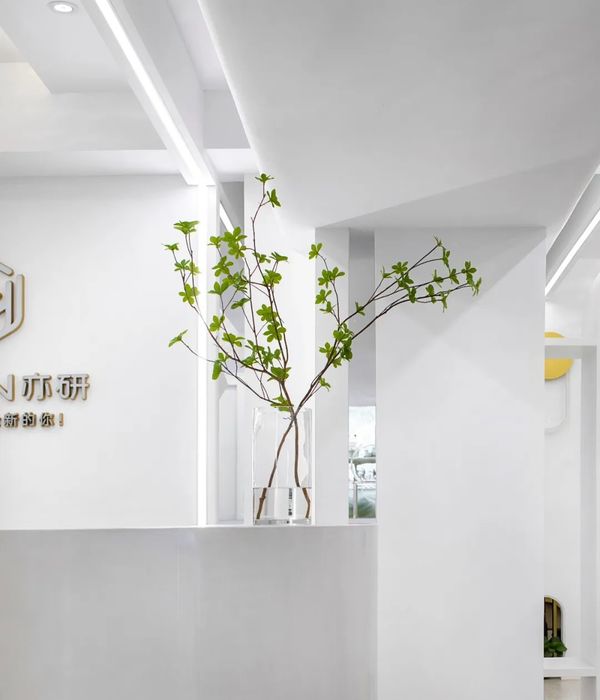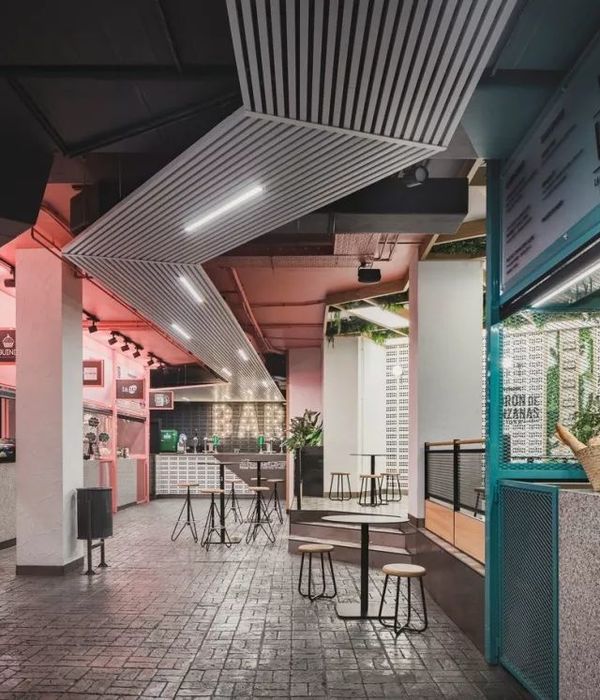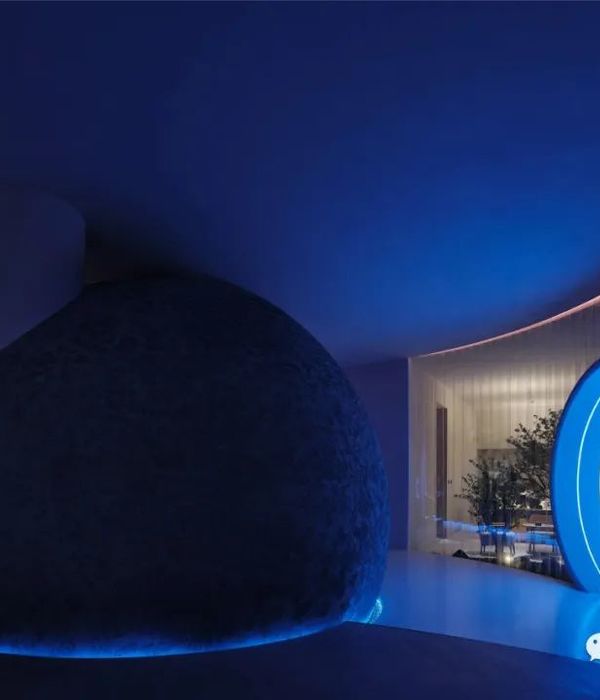纸筑迷宫 | 巴西建筑师 Carlos Teixeira 的创意空间
来自巴西建筑师
carlos teixeira
的临时安装空间出现在了第29届圣保罗艺术双年展上。展品每个都是独立的,纸板垒成,放在移动平台上,可以组合成许多种情景。人们可以在其间快乐的活动。这里就像一个快乐的迷宫,不规则,不稳定。
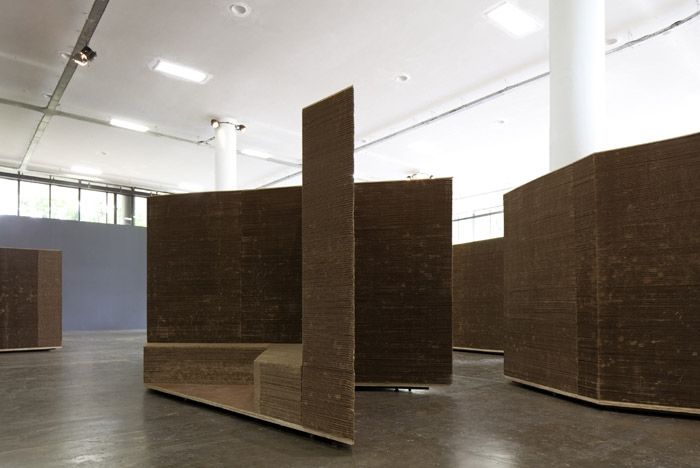
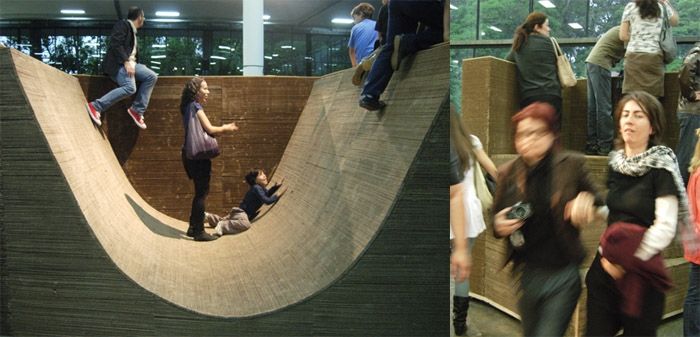
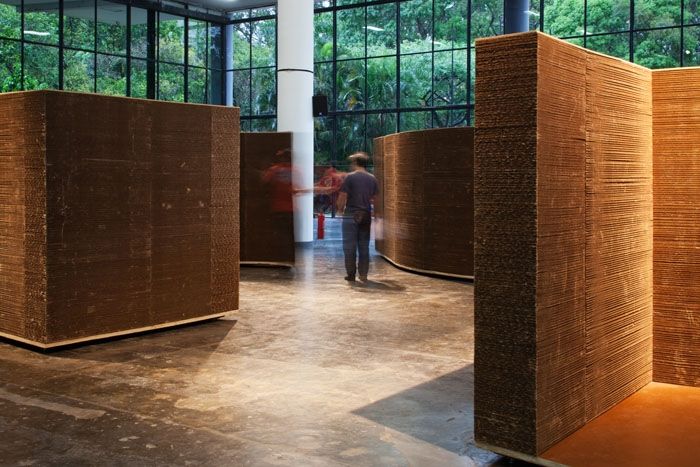
Summary
With the theme “There is always a cup of sea to sail in”, the 29th. Sao Paulo Art Biennial incorporated six terreiros, or areas for events and rest, spread across the Biennial pavilion. Invited by curators Moacir dos Anjos and Agnaldo Farias, this text presents the author’s participation in the exhibition with terreiro The Other, The Same; an arena for dance events, theatre and music that can be rearranged in other ways.
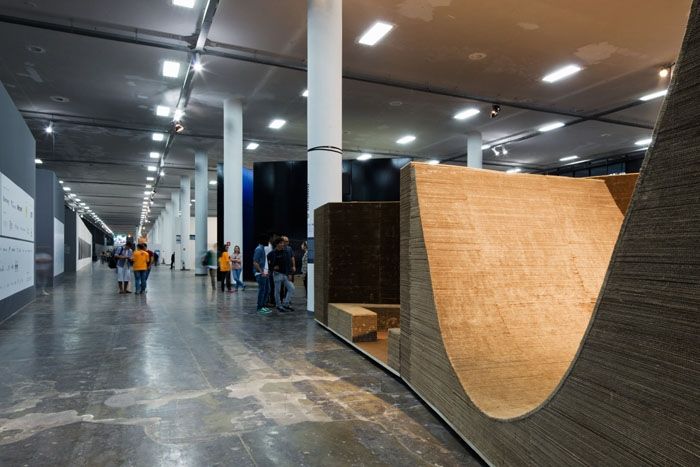
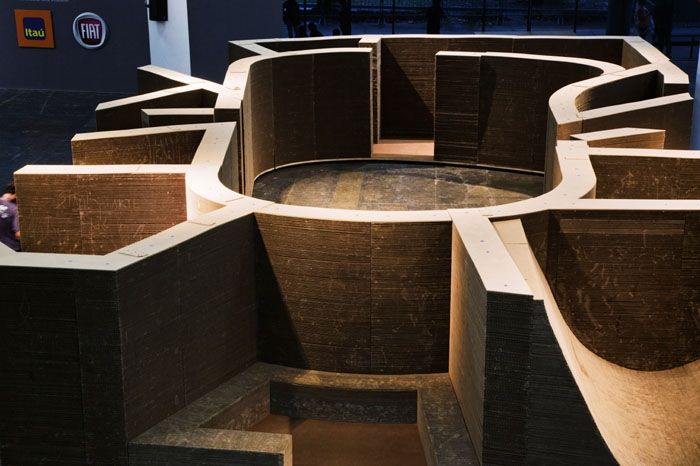
The Other, the Same
Six works differentiate among all the 159 that are part of the 29th Sao Paulo Art Biennial: Idealised by artists and architects for the Biennial, the so called “terreiros” are a curatorial strategy to shelter events, to create conviviality areas and to foment discussions that integrate the exhibition platform.The Other, the Same is a terreiro named after the homonymous (Jorge Luis Borges’) book, which was passed for me by the curators. A modular space made of walls of piled up cardboard and built on mobile “shard-cars”, this arena for fiction and performance was conceived for presentations that have the body as their leitmotiv. In its original configuration, the shard-cars define a space isolated from their environment (the pavilion, an enormous, 25.000 m2 building designed by O. Niemeyer in the 1950s). Even when detached vis-à-vis the building’s modernist space, its cars can always be used to rest, for conversations, for meetings, for plays. In other situations, with the open, expanded shard-cars, the terreiro invades its immediate environment and transforms itself, extrapolating the very area originally designated to it and reaching the building limits. When contracted, the terreiro reveals a labyrinthine space and creates an irregular, unsteady area; tarnishing the contiguity between inside and the outside and disconnecting the shard-cars from their original function (to shape an arena).


The project’s starting point is an arena that in a certain way conditions the event, but that can also be broken and re-pictured at the directors’, the choreographers’, and even the visitors’ discretion. When it defines the arena in plan, the cars seem primeval and anthropomorphic, in spite of this illustration being in the abstraction of a drawing and not in the real, “phenomelogical” space. And when shuffled, the irrational arrangements remit to the embodied Other; to a figurative, anthropomorphic form (the plan) that was undone and redone as in a mixed and reversible architecture.
Carlos M Teixeira is architect by EA-UFMG and master in urbanism by the Architectural Association. He published the books “History of the void in BH” (Cosac Naify, 1999), “Collateral spaces” (CIdades Criativas, 2008), “The Ultimate skyscraper” (C/Arte, 2009), Entre (Cidades Criativas, 2010), and is the founder of the studio Vazio S/A.




MORE:
carlos teixeira
,更多请至:

